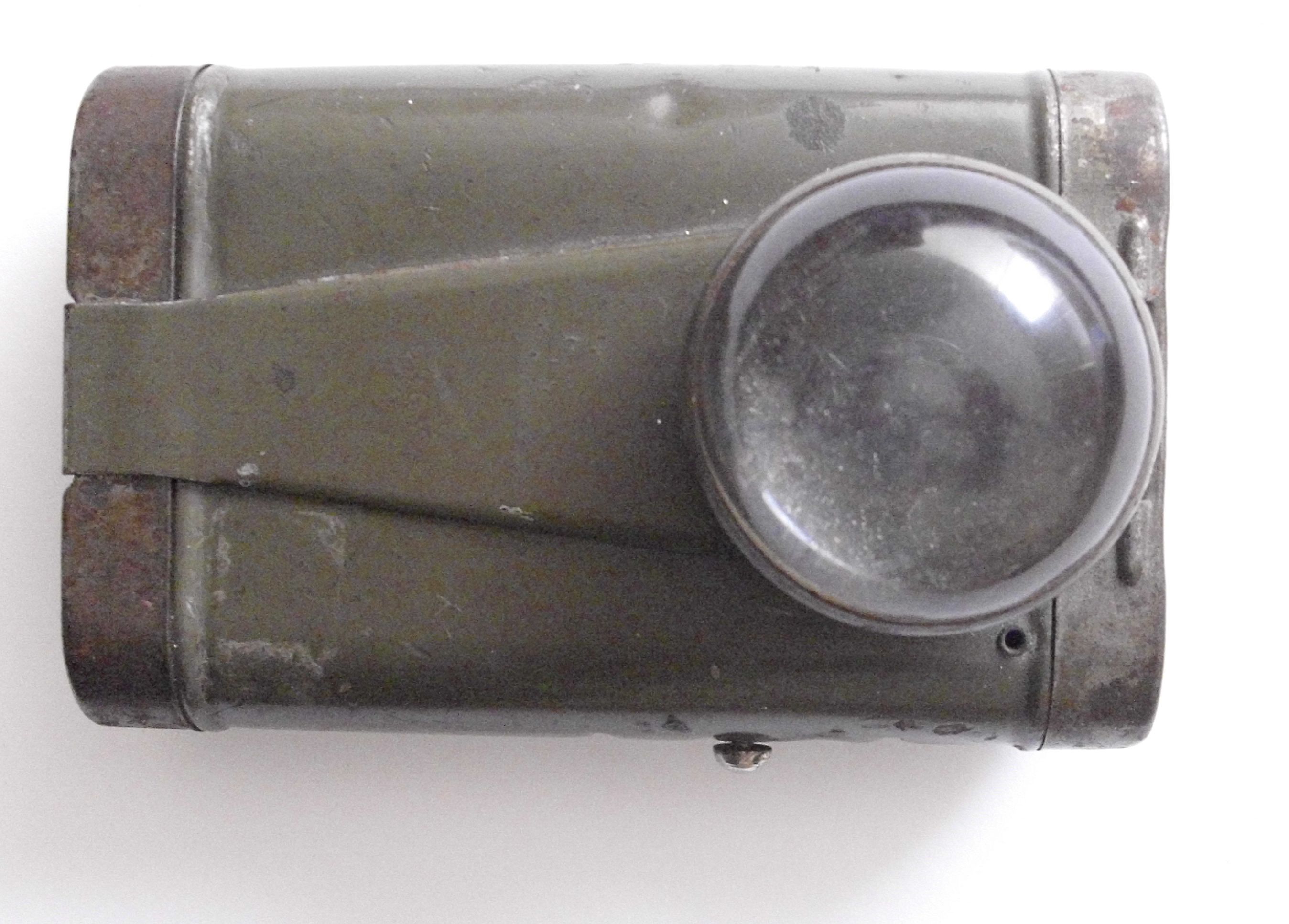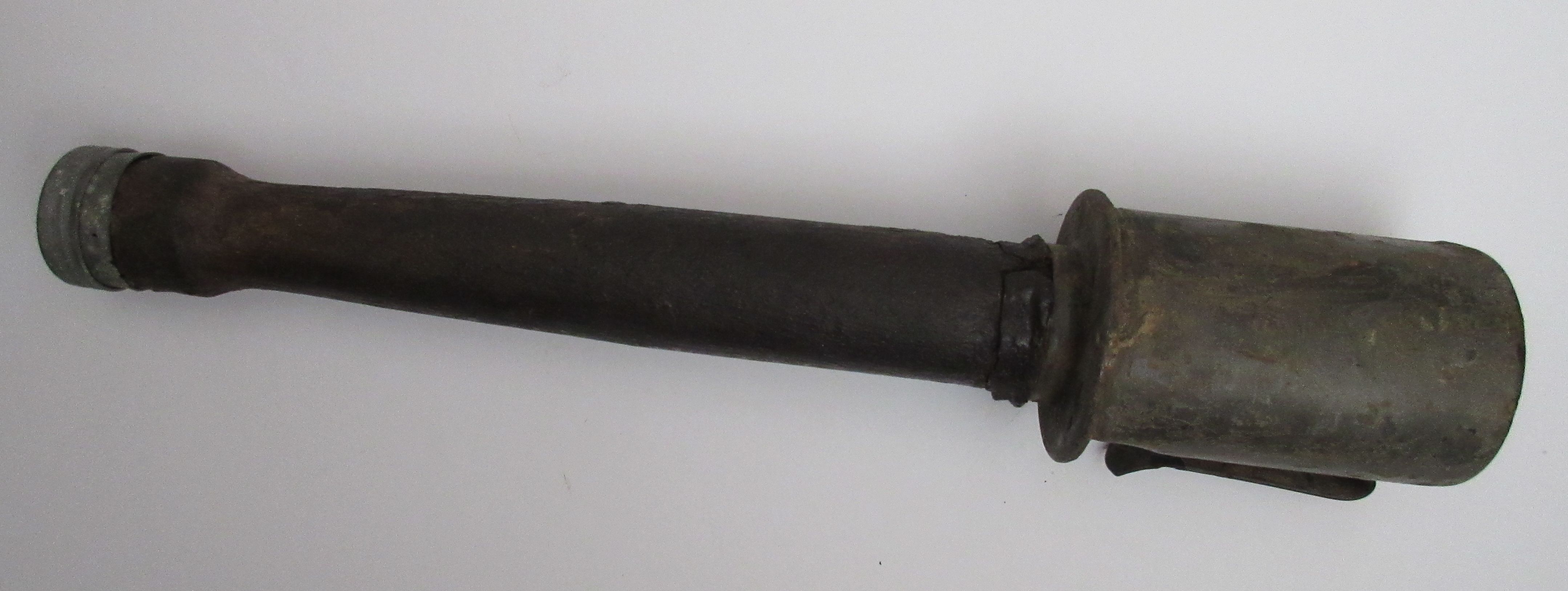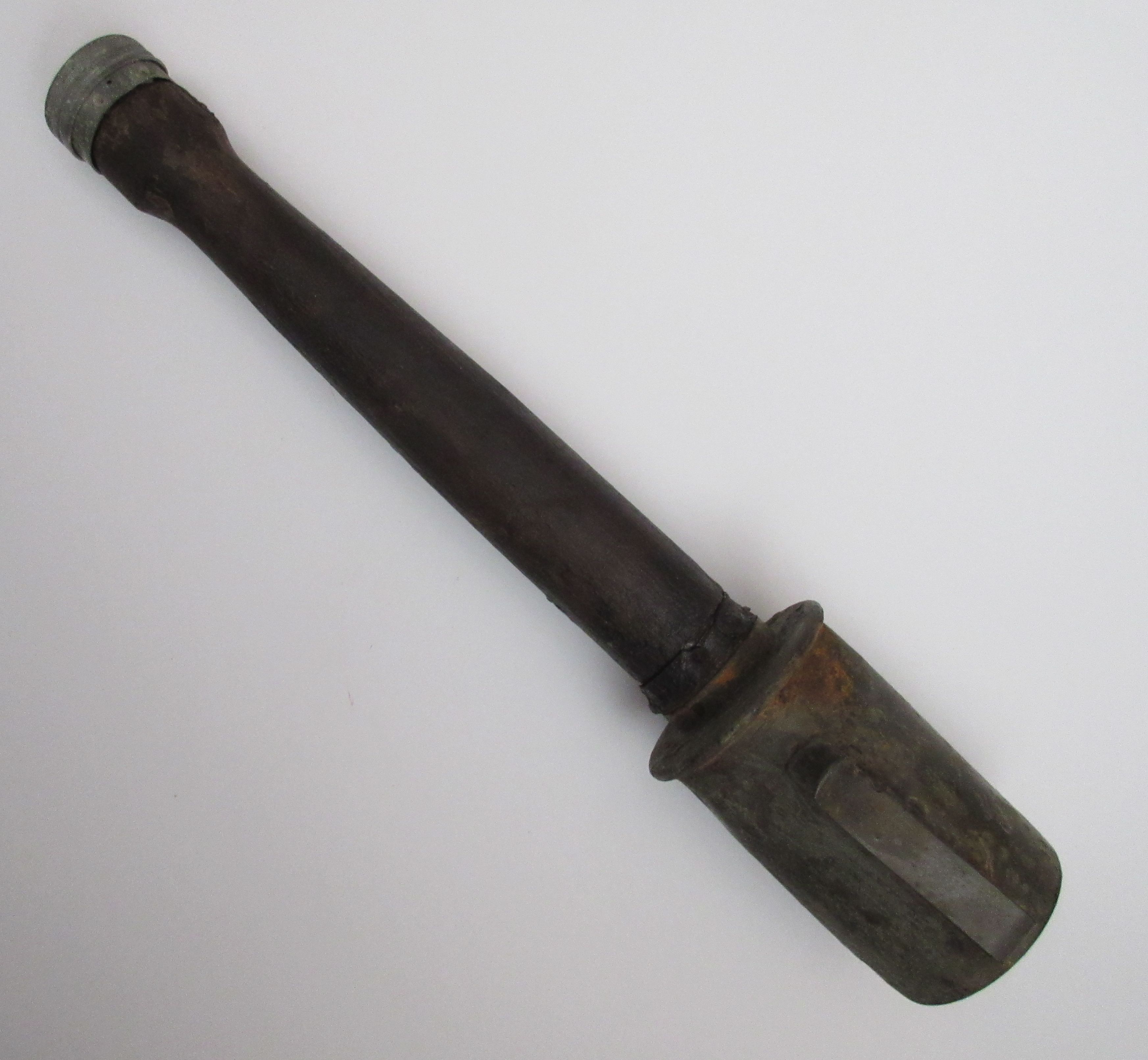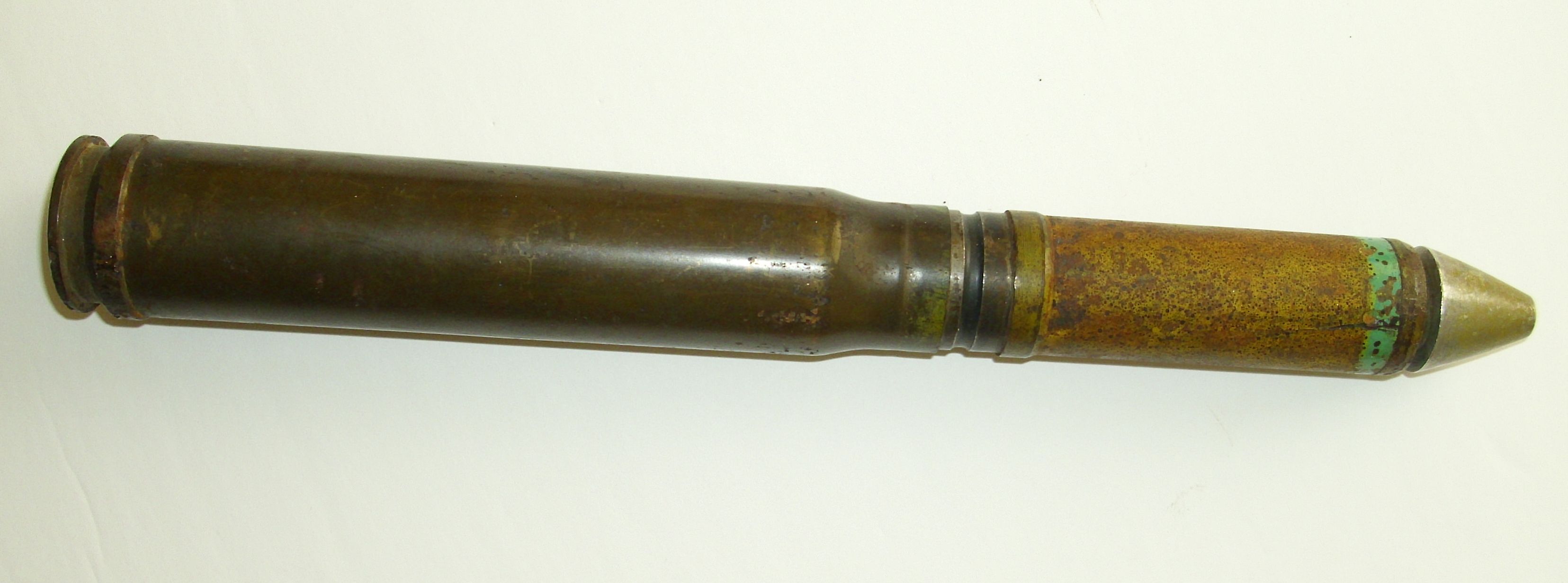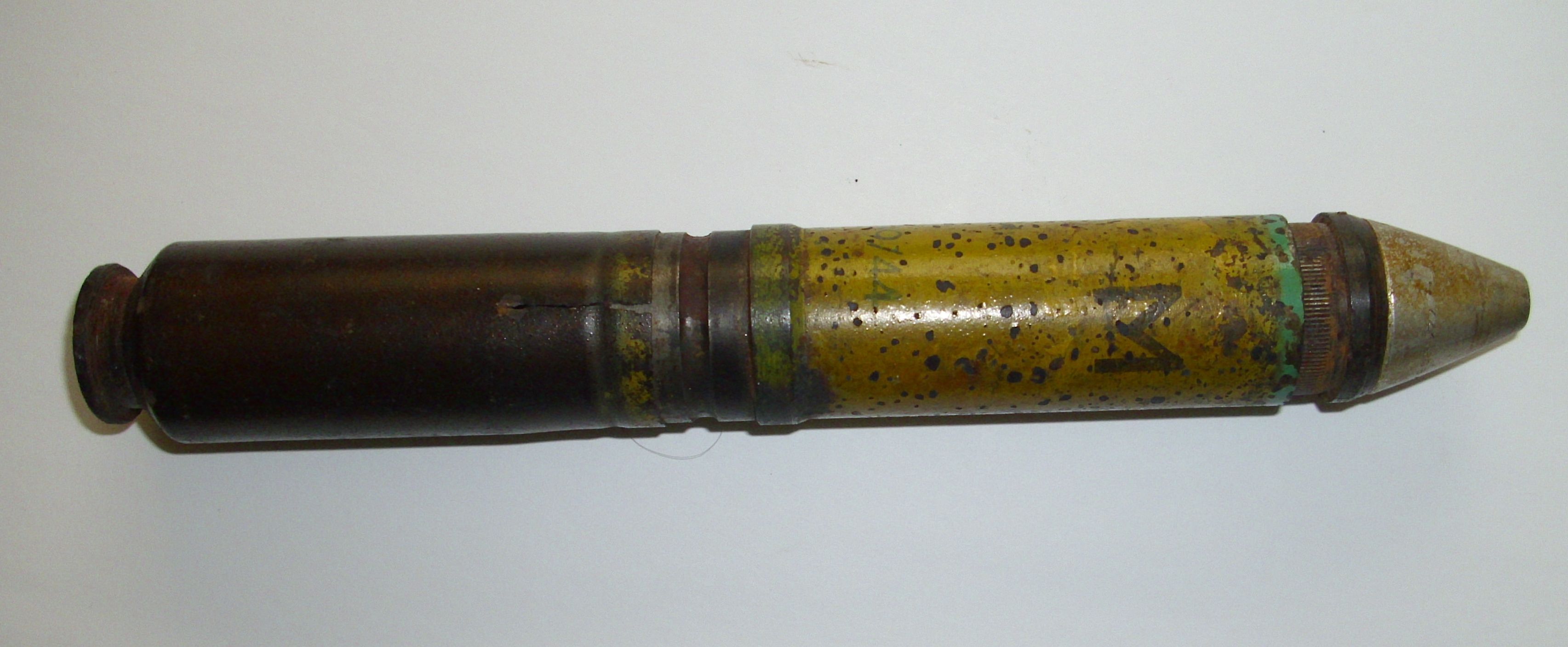19th & 20th Century Small Arms
Click on photos to enlarge
Ross Rifle Mk III
Weight: 3.9 kg (8.6 lb) Length: 1,320 mm (52 in) Barrel: length 774 mm (30.5 in) Mk II and Mk III) Cartridge: .303 British (7.70◊56 mm R) Caliber: .303 in (7.70 mm) Action: Straight pull bolt action Feed system :5-round stripper clip/charger
Carbine, Magazine, Lee-Metford Mark 1
Within time, a shortened, handier version of the long-form Lee-Metford made its way into circulation. This became the "Carbine, Magazine, Lee-Metford Mark 1 which appeared in 1894. It remained largely faithful to the original Mark 2 product but featured a length of just 40 inches (from the standard 49.5") while utilizing a barrel some 20.75 inches long (compared to 30"). Additionally, these changes altered the weapon's weight to a more manageable 7lb, 7oz offering while all other functions remained the same.
Short Magazine Lee–Enfield Mk III
Type: Bolt-action rifle
Weight: 8.73 lb (3.96 kg)
Length: 44.57 in, (1,132 mm)
Barrel length: 25.2 in (640 mm)
Cartridge: 303 Mk VII SAA Ball
Muzzle velocity: 744 m/s (2,441 ft/s)
Feed system: 10-round magazine,
loaded with 5-round charger clips
Sights: Sliding ramp rear sights,
fixed-post front sights,
"dial" long-range volley sight.
Lee–Enfield Mk IV
A modified, simplified design was known as the No.4 Mk. 1* and was produced in Canada at the long branch Ontario factory near Toronto who were, by January 1943 making 25,000 per month. The No.4 was fitted with a much shorter socket bayonet, having a blade length of 8 inches.
Both types of rifles, (No.1, S.M.L.E. & No.4) were used throughout the Second Would War. They are still to be encountered worldwide where their serviceability in adverse conditions is highly prized.
Lee–Enfield Mk V
Production began in March 1944, and finished in December 1947. The No. 5 was about 100 mm shorter and nearly a kilogram lighter than the No. 4. A flash suppressor and a rubber buttpad was added to help absorb the increased recoil. Unlike modern recoil pads the No. 5 buttpad significantly reduced the contact area with the users shoulder increasing the amount of felt recoil of the firearm.
11 mm. M1871 Mauser German rifle
M1871 Mauser Carbine
First German rifle with brass metal casing. Stamped Steyr. Proof markings on barrel. Unit marking on butt plate. Walnut full Stock with some marks. Length 100 cm.
Extensively used by the Askari Artillery Troops (native troops) in the German colony of South West Africa up to 1915.
Mauser 1904 Portuguese
Mauser 1904, Portuguese (German 98). Maker DWM, Berlin. Action: Bolt Action Rifle. Barrel Length: 24" 5 round magazine. Caliber: 7.92 mm. Protected blade front sight. Adjustable rear sight. Cleaning rod. Rifle is same as the Gew 98 of WWI, only different rear sight.
M1898/05 Bayonet
German Bayonet M1898/05 n/A. Produced during WWI. Second pattern of the M1898/05 pattern Bayonet. Blade Length: 368mm Overall Length: 502mm Markings: Deutsche Maschinenfabrik AG., Duisburg Black leather scabbard with iron fittings.
Krag-Jørgensen
Most of the rifles were produced at Kongsberg arms factory between 1894 and 1922. These rifles served with Norwegian army until the end of WW2.
The US adopted the rifle and 500,000 were built at the Springfield armoury in Cal. 30-40.
The Krag–Jorgensen rifle is a manually operated, rotary bolt action rifle with a magazine holding 5 rounds.
Remington 1863 Contract Rifle
Also known as the "Zouave" Rifle, the .58-calibre muzzle-loading percussion cap lock 1863 Remington was referred to as "Harpers Ferry Pattern" in official Army documents.
Although over 12,000 were manufactured, exactly who used them and how they acquired the name "Zouave" are mysteries.
The barrel length is 33" inches with 7 grooves.
Webley & Scott Flare Gun - WWI
Webley & Scott produced a number of single-shot, break-open signal flare gun devices used by Commonwealth Military Forces during the First and Second World Wars.
Maker: Webley & Scott.
Model: Flare Pistol.
Action: Break open.
Cal. 37 mm.
Barrel: 4⅝
German Hebel Flare Gun - WWI
German Hebel Model 1894 flare pistol, WW1; single smoothbore round barrel with octagonal breech; 26.5 mm calibre (1 1/6 inch); under lever action; wooden two-piece grips held together with single screw at centre.
Length: 168 mm
Width: 35 mm
Height: 145 mm
Smith & Wesson 2nd Model "Hand Ejector" Revolver
Configuration of Canadian-issue arms: Double-action revolver; blued finish; walnut grips; 6.5" barrel; chambered for .455 British service cartridge; 6-round capacity; cylinder swings out to left side for loading and extraction. In service 1915-1951.
All official-issue pistols purchased for Canadian WWI service were this model of revolver - also referred to as the "New Century" model. A total of 14,500 S&W Hand Ejectors were acquired in 1915 and 1916, making this Canada's primary Great War handgun. It was designated a "substitute standard" sidearm by the British War Department, which acquired thousands of them to supplement inadequate supplies of the official Webley revolver. Smith & Wesson Revolver carried by Dr. M. E. Gorman of Lindsay. Dr. Gorman served with the Canadian Army Medical Corps. Holster marked M. E. Gorman.SN 48809 is a Smith & Wesson MKII hand ejector 2nd Model built (1915 to 1917). This piece comes in its' original WW1 leather holster.
(The lack of official markings would suggest that this particular model was purchased from the government by an Officer).
German P08 marked S/37 (code name for Mauser) produced in 1937
The Pistole Parabellum - commonly known as just "Luger" - is a toggle-locked, recoil-operated, semi-automatic pistol that was produced in several models and by several nations from 1898 to 1948. The design was first patented by Georg Luger as an improvement upon the Borchardt Automatic Pistol and was produced as the Parabellum Automatic Pistol, Borchardt-Luger System by the German arms manufacturer Deutsche Waffen und Munitionsfabriken (DWM).
The first production model was known as the Modell 1900 Parabellum. It was followed by the "Marinepistole 1904" for the Imperial German Navy. The later versions included the popular "Parabellum Pistole Modell von 1908" - or simply "P08" (Pistole 1908) - which was produced by DWM and other manufacturers such as W+F Bern, Krieghoff, Simson, Mauser, and Vickers.
The first Parabellum pistol was adopted by the Swiss army in May 1900 and by the German Navy in 1904. In the German Army service, it was adopted in a slightly modified form as the Pistole Modell 1908 (Pistole 08) in caliber 9×19mm Parabellum. The Model 08 was eventually succeeded by the Walther P38.
The Luger is well known from its use by Germans during World War I and World War II, along with the interwar Weimar Republic and the postwar East German Volkspolizei. The P.08 was introduced in 7.65mm Parabellum, though it is notable for being the pistol for which the 9×19mm Parabellum cartridge was developed, also known as the 9×19mm Luger.
Designer: Georg Luger Designed: 1898
Manufacturer:
Deutsche Waffen und Munitionsfabriken, Imperial Arsenals of Erfurt,
Simson, Heinrich Krieghoff Waffenfabrik, Mauser, Waffenfabrik Bern,
Vickers Ltd (final assembly only),
Produced: 1900–1943
No. built: 3,000,000
Specifications:
Length: 222 mm (8.74 in)
Barrel:
120 mm (4.7 in) (Pistole 00)
100 mm (3.9 in) (Pistole 08)
200 mm (7.9 in) (Artillery)
Cartridge:
7.65×21mm Parabellum
9×19mm Parabellum]
Action: Toggle-locked, short recoil
Muzzle velocity:
350–400 m/s (1148–1312 f/s) (9mm, 100 mm short barrel)
Feed system:
8-round detachable box magazine, 32-round detachable drum
Beretta Model 1934
The Beretta Model 1934 is a compact, semi-automatic pistol which was issued as a standard service firearm to the Italian armed forces beginning in 1934.
It was designed and purpose-built for the Italian armed forces. In the early 1930s, the Italian army was impressed by the Walther PP pistol. Beretta did not want to lose a big military contract to their German competitor and designed the M1934 for the Italian Army, which accepted it in 1937. This model was followed by the M1935, which was similar to the M1934 in most respects except that it fired a .32 ACP (7.65 mm Browning) cartridge.
Designed with the characteristic Beretta open slide, the M1934 has a very reliable feeding and extraction cycle; the elongated slot in the top of the slide acts as the ejection port. It is made with relatively few parts and is very simple to maintain. The M1934 is very robust in construction with a long service life if properly maintained.
It is chambered for the 9 mm Corto, more commonly known as the .380 ACP, which is less powerful than most other military service pistol cartridges, such as 9mm Parabellum or .45 ACP.
Type: Semi-automatic pistol
Place of origin: Kingdom of Italy
Service history:
In service: 1935–1991
Used by: Royal Italian Army
Manufacturer: Beretta
Produced: 1934–1991
No. built: 1,080,000
Specifications:
Mass: 660 g (1 lb 7 oz) (Unloaded)
Length: 152 mm (6 in)
Barrel: 94 mm (3.7 in)
Cartridge: .380 ACP/9×17mm Corto
Action: Blowback
Muzzle velocity: 229 m/s (750 ft/s)
Feed system: 7 + 1-round detachable box magazine
Sights: Fixed front blade and rear notch
PIAT
By 1942, armour had increased to the point that anti-tank rifles of the day were no longer able to penetrate.
The PIAT (Projector, Infantry, Anti-Tank) was designed in 1942 in response to the British Army's need for a more effective infantry anti-tank weapon and entered service in 1943.
The PIAT was based on the spigot mortar system and launched a 2.5 pound (1.1 kg) shaped charge bomb by means of a cartridge in the tail of the projectile, its shoulder-breaking recoil being partially absorbed by a 200-lb spring in the body of the weapon.
Effective firing range: 115 yd (105m)Maximum firing range: 350 yd (320m)
Used by: British Empire & Commonwealth








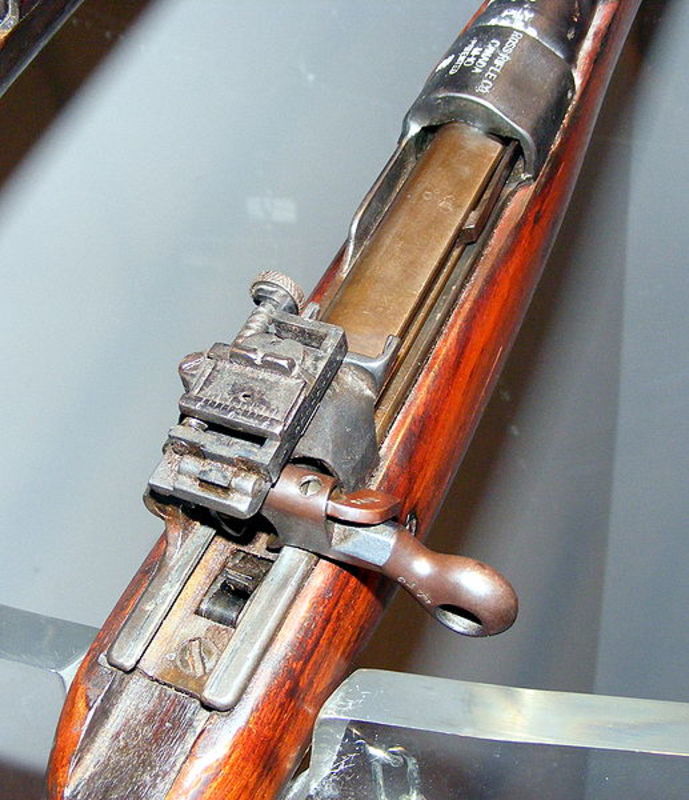
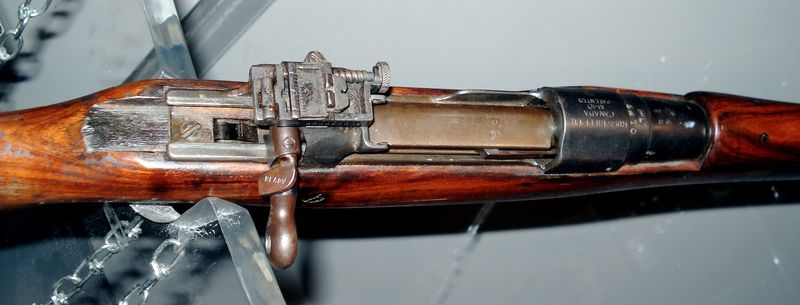



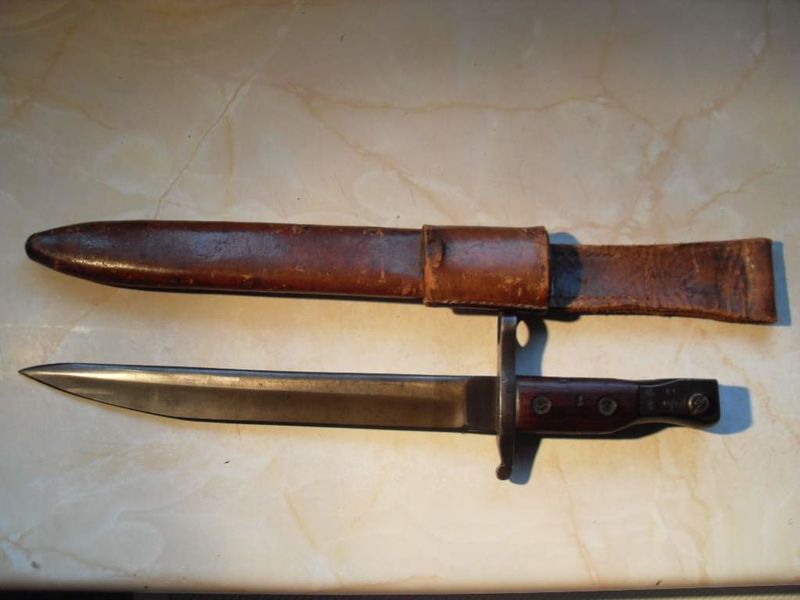


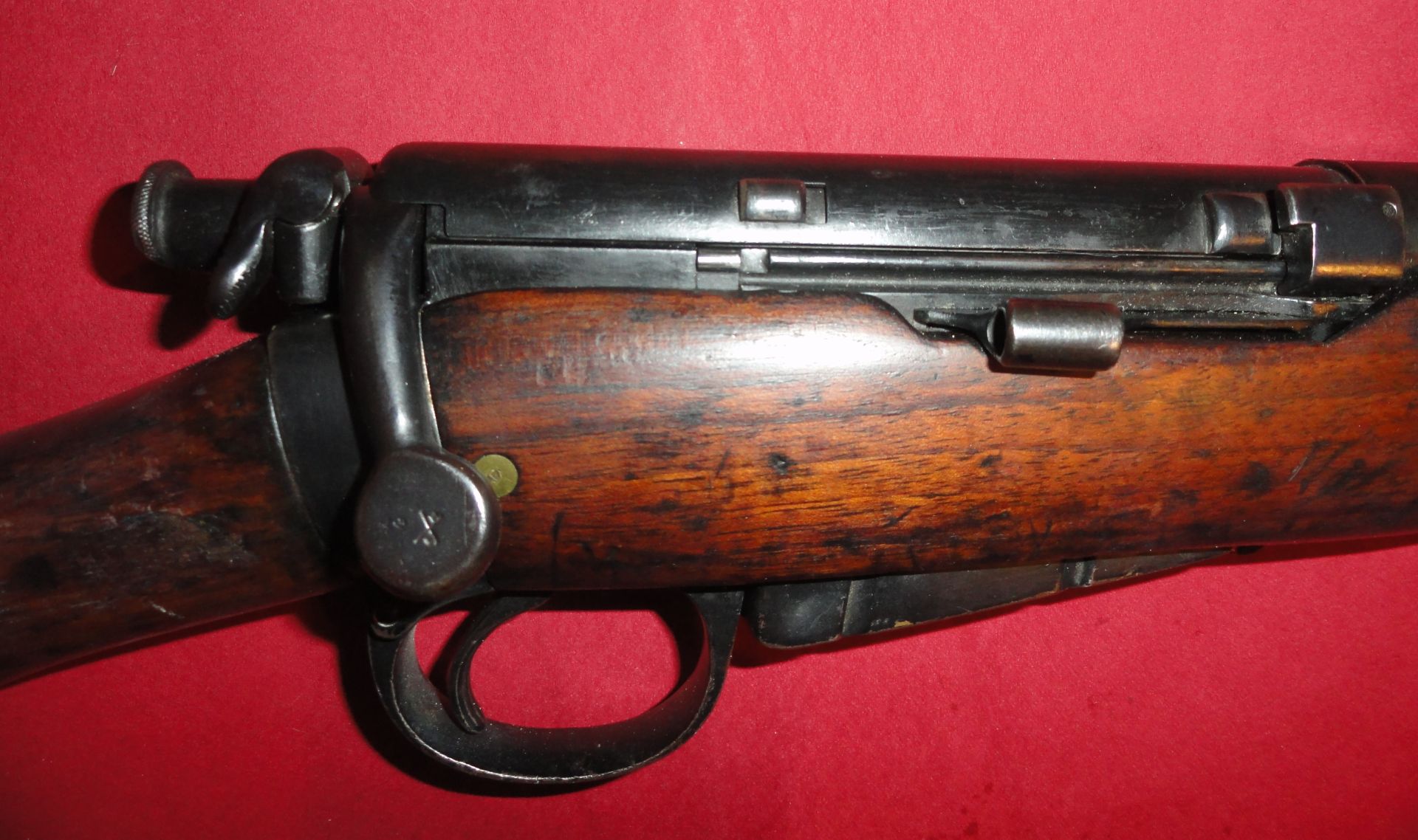

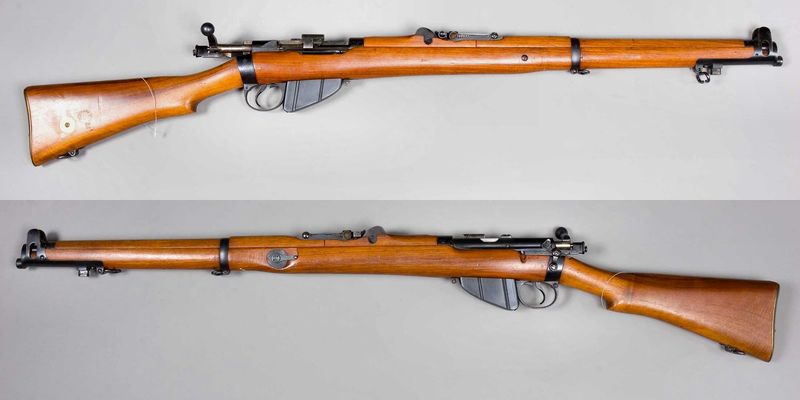
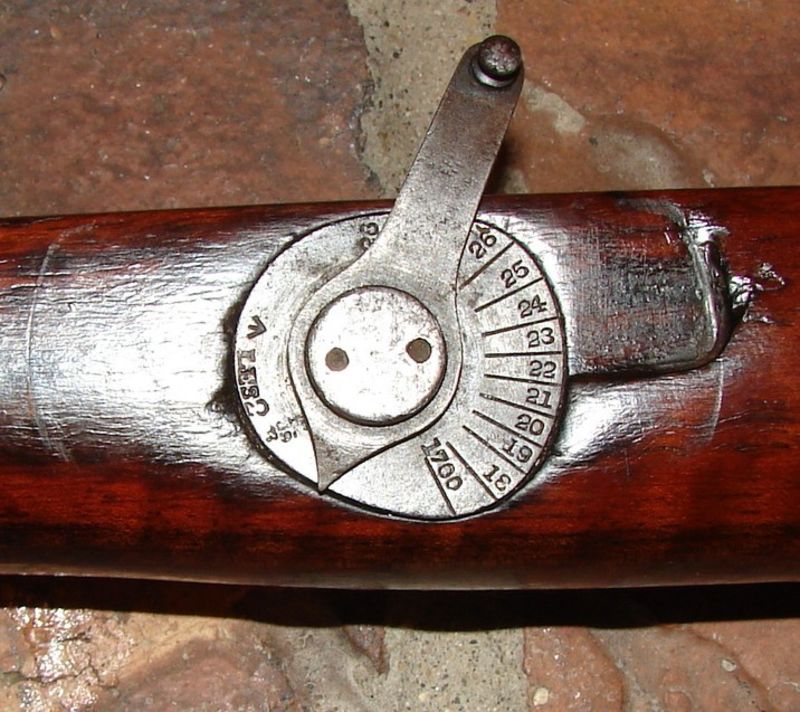
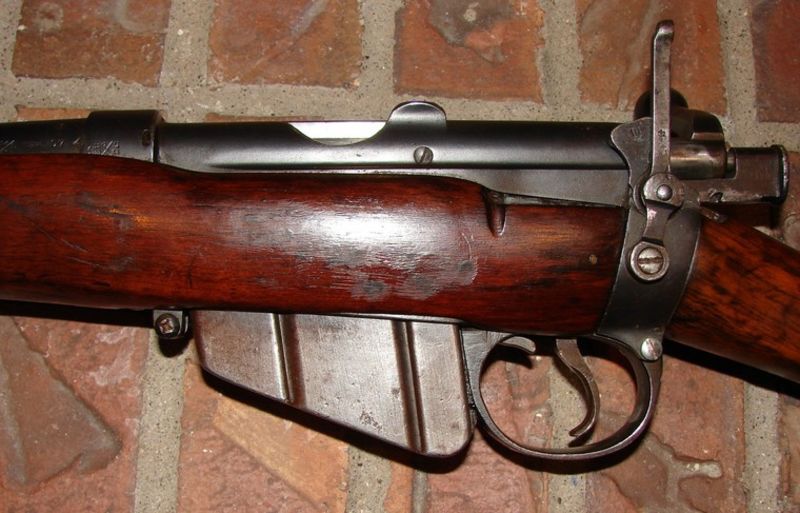


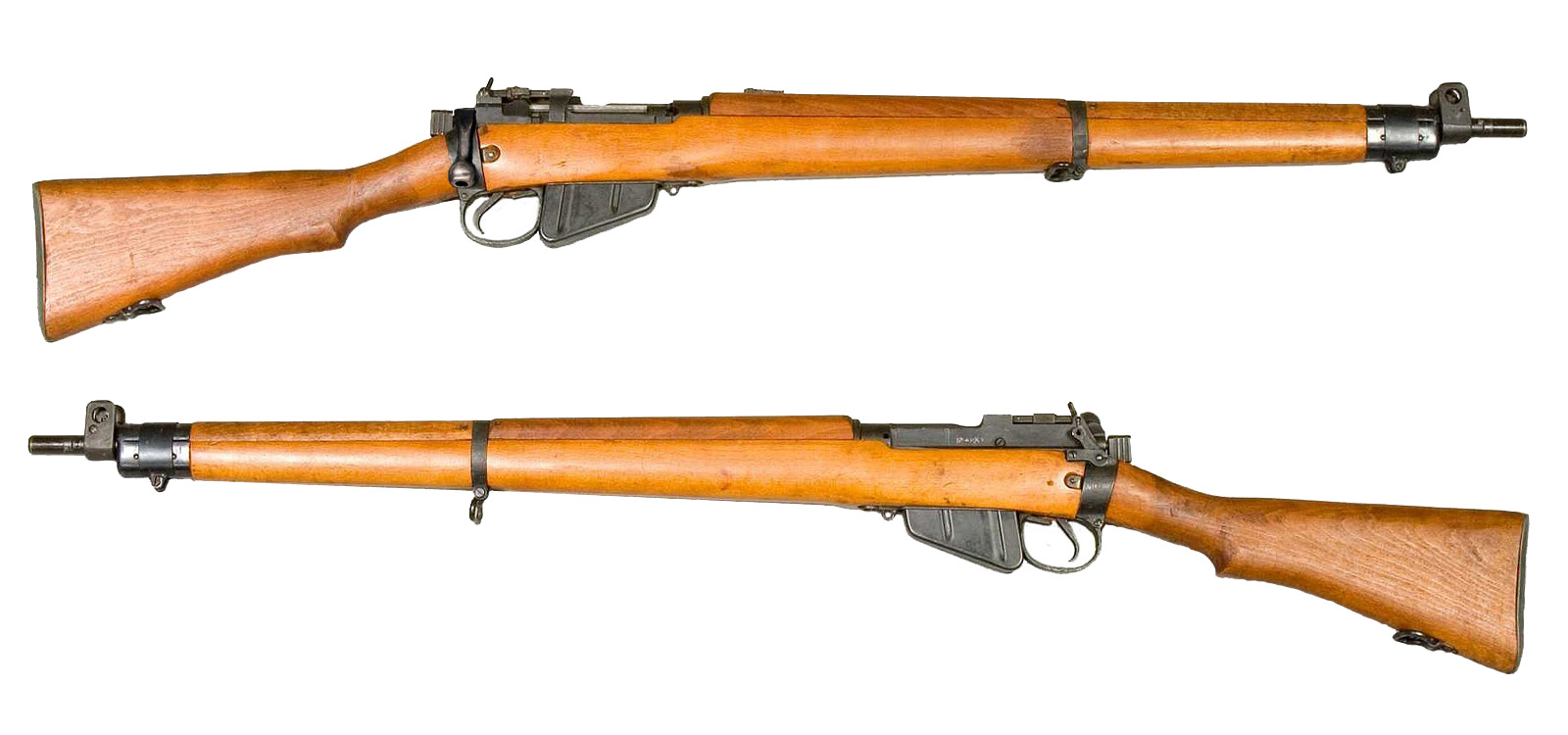

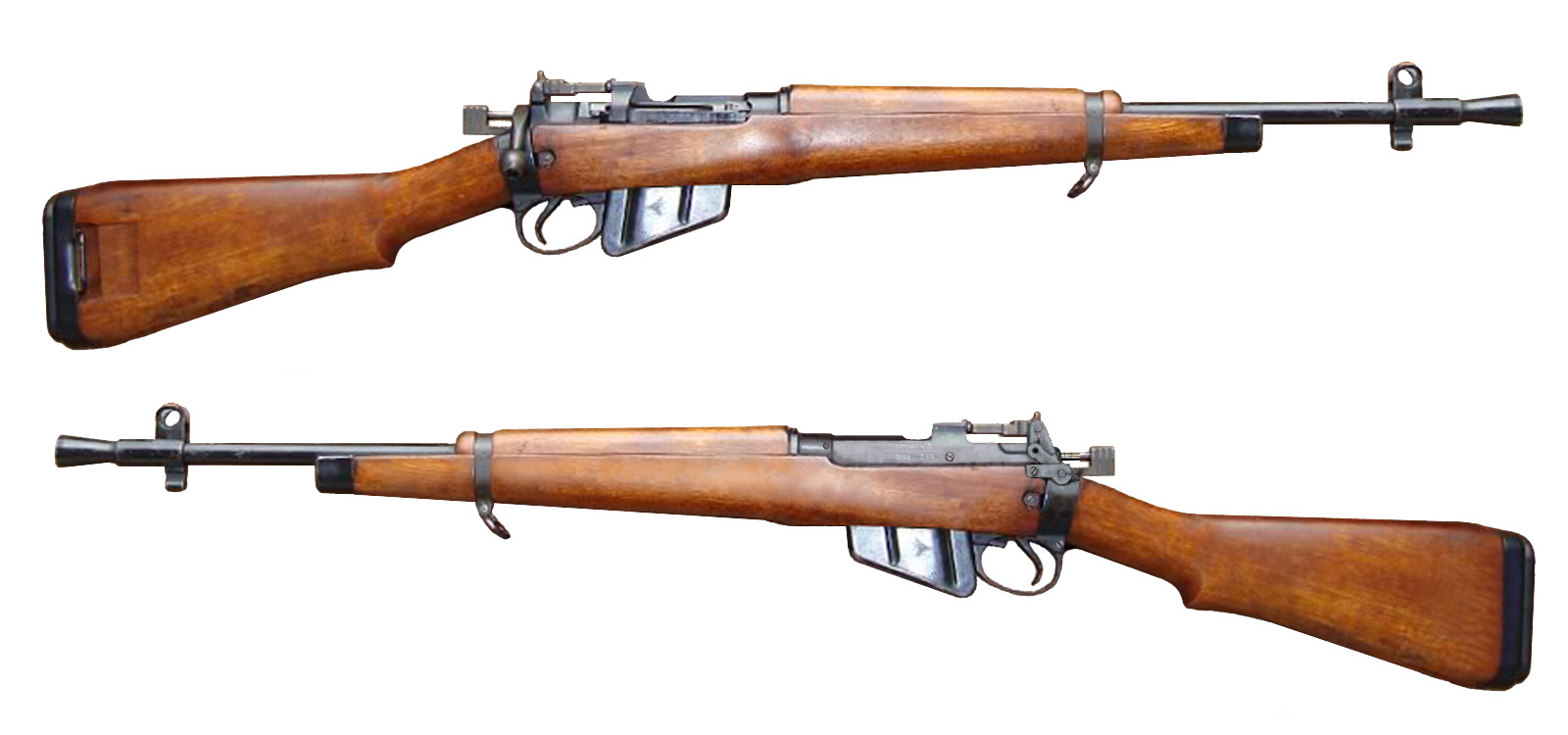
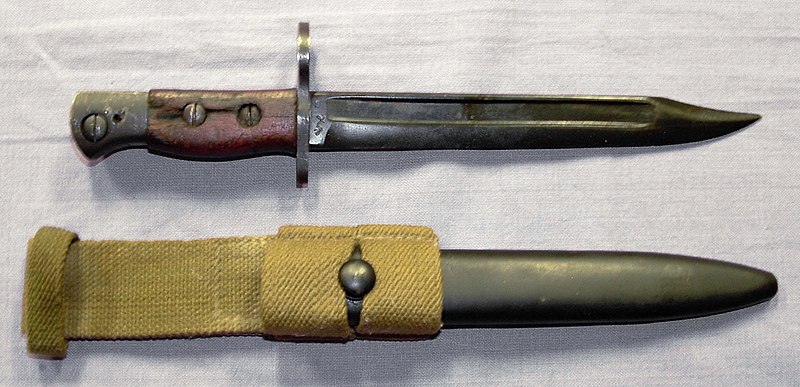


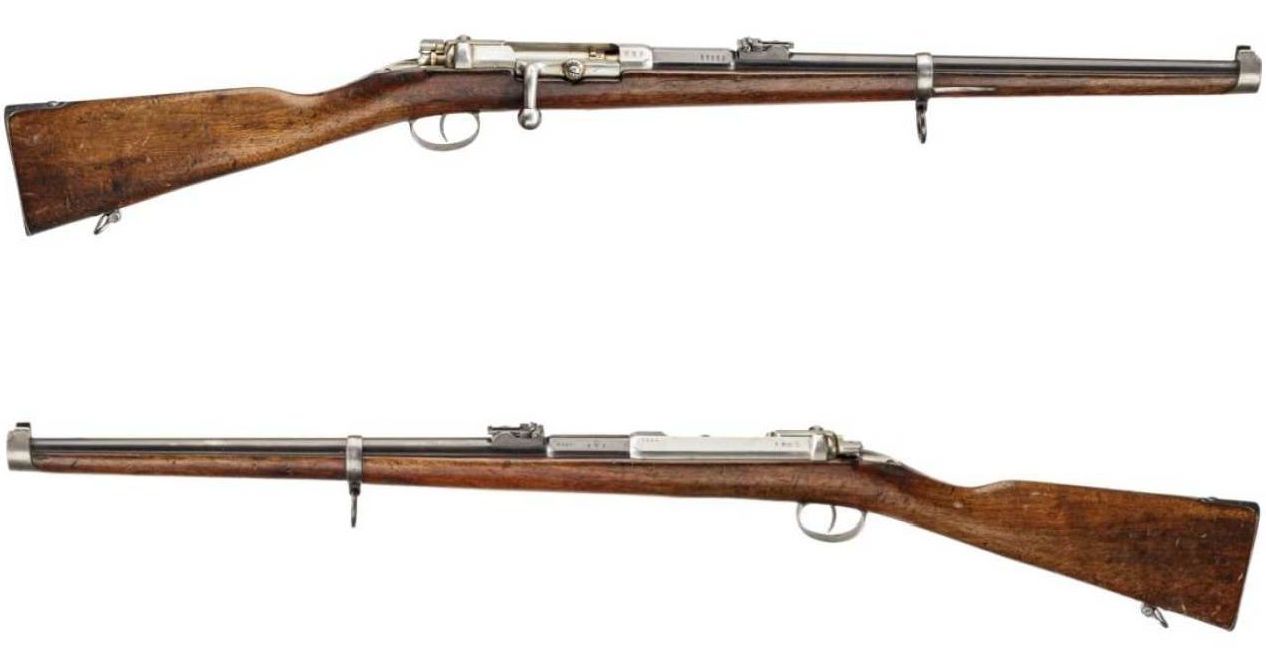





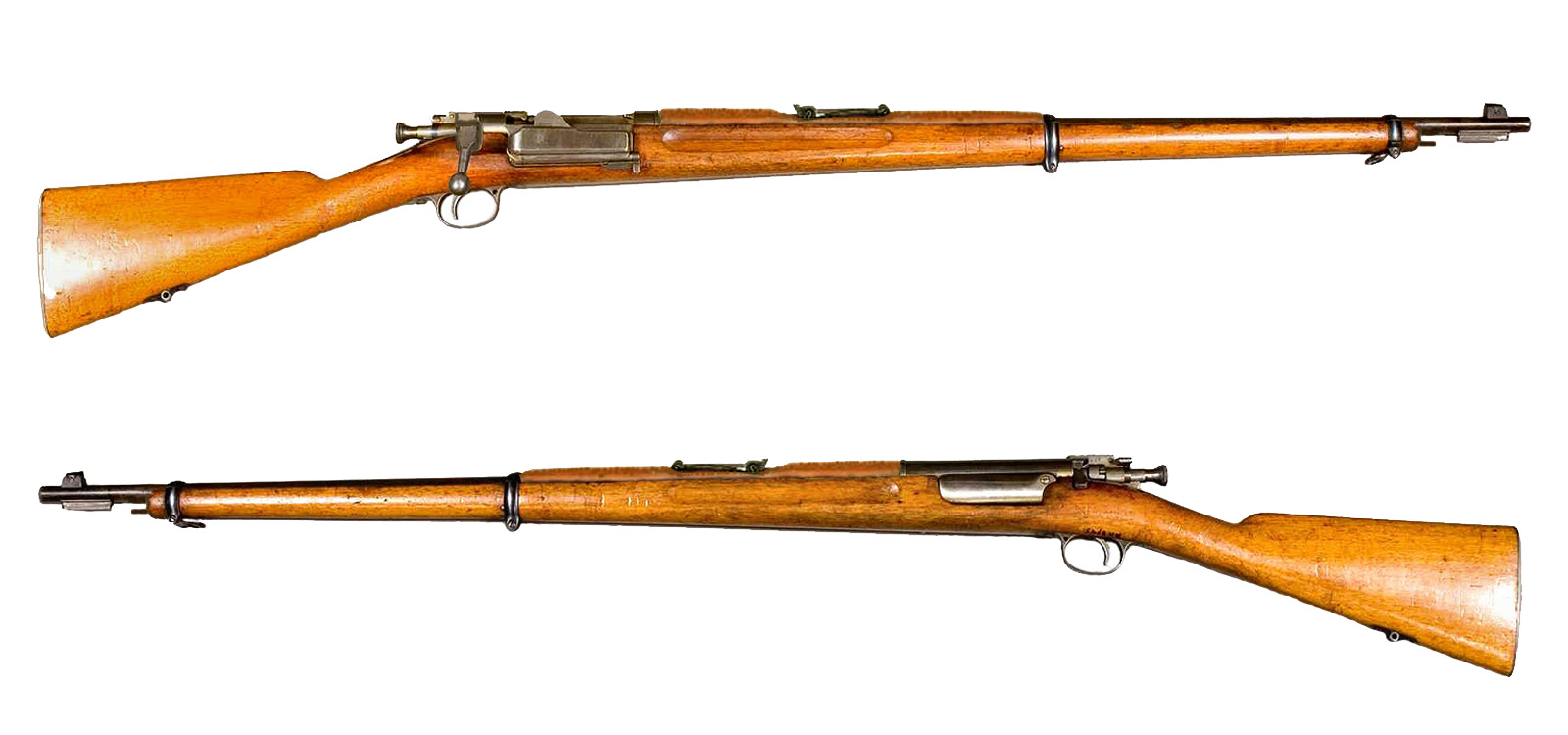
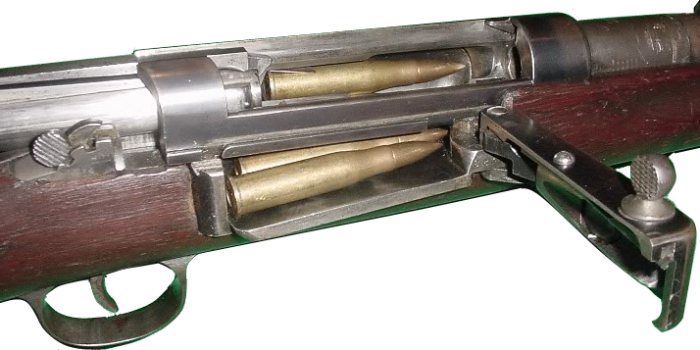


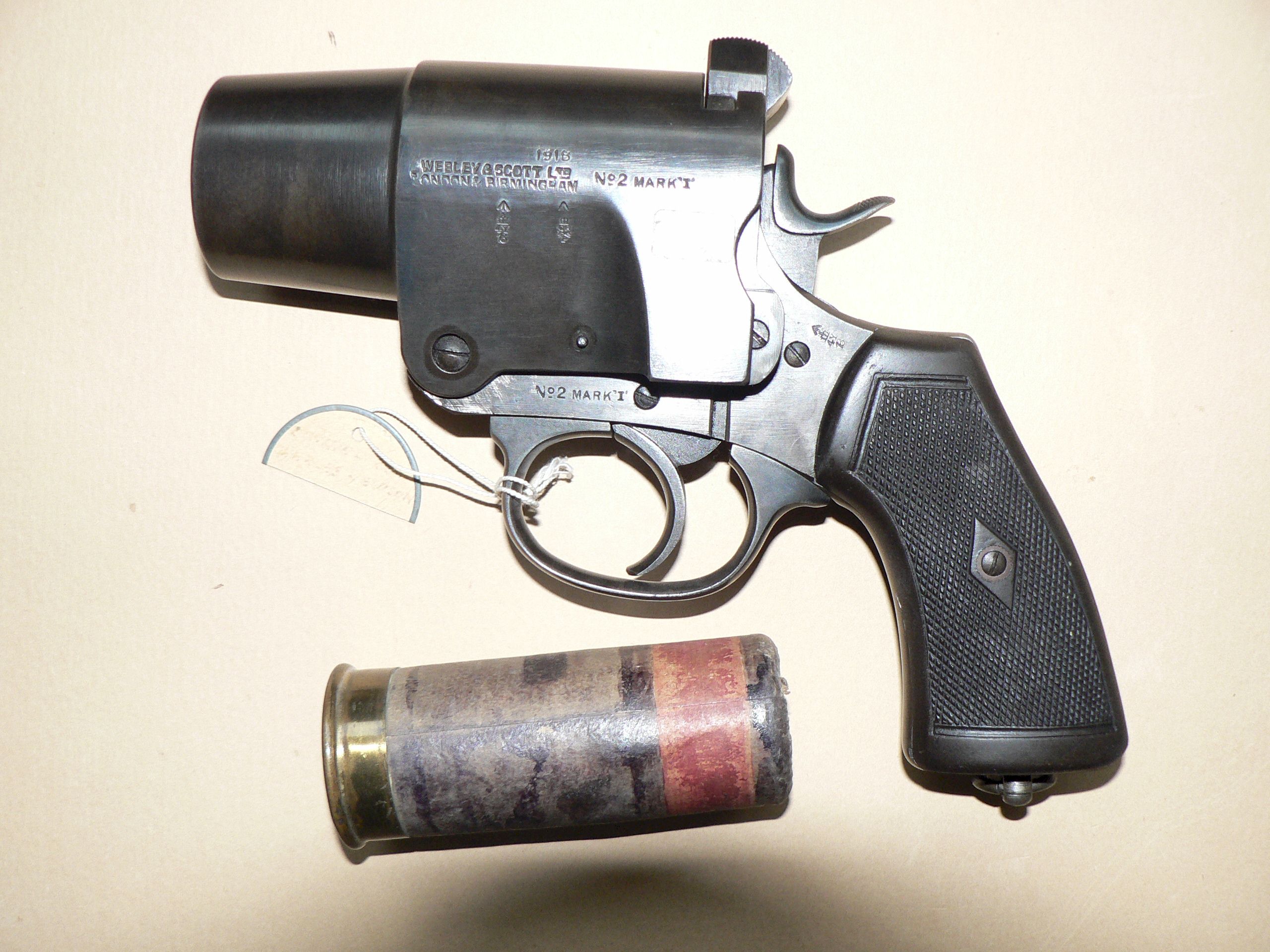

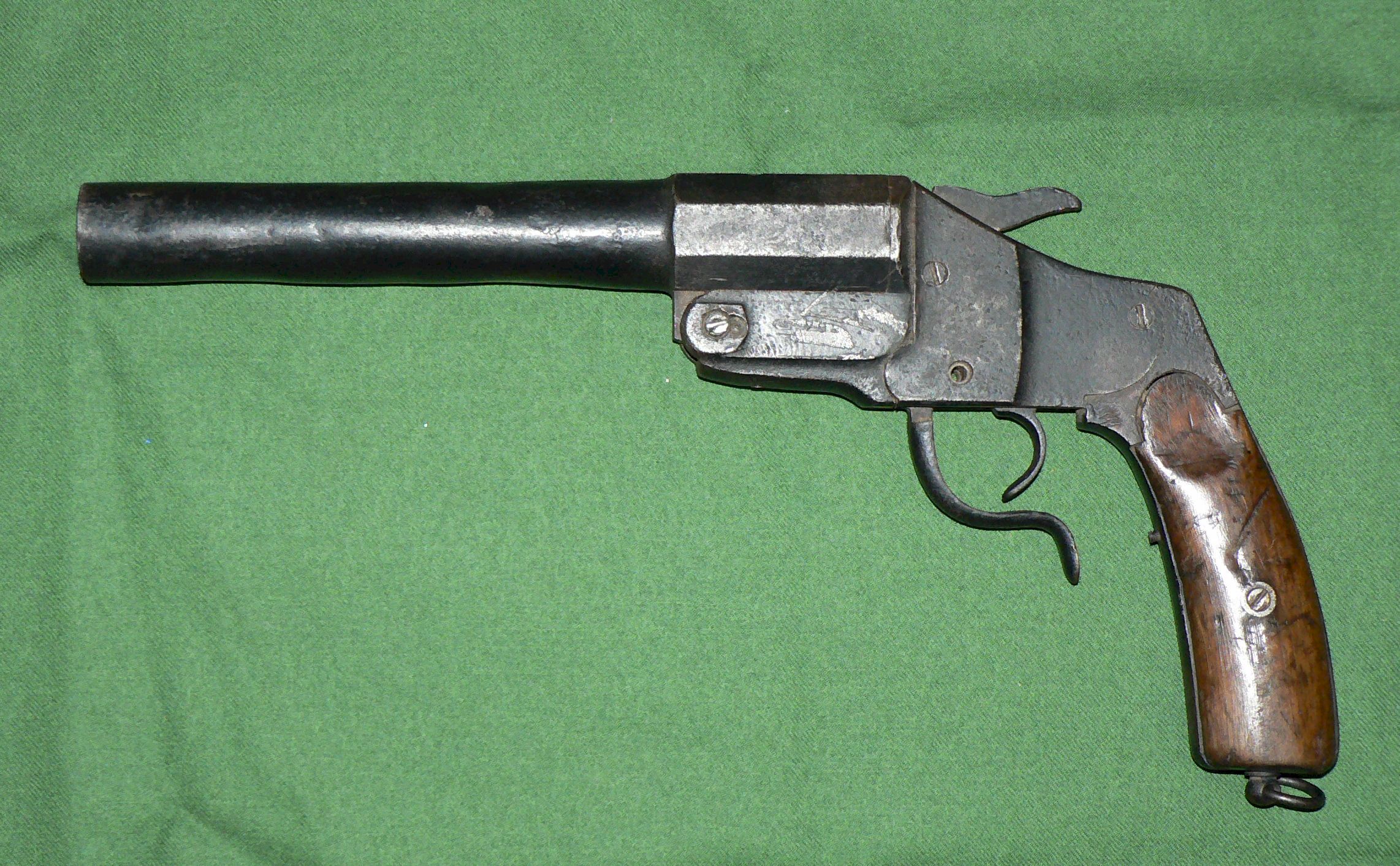
.jpg)
.jpg)
.jpg)
.jpg)
.jpg)
.jpg)
.jpg)
.jpg)
.jpg)
.jpg)
.jpg)
.jpg)



